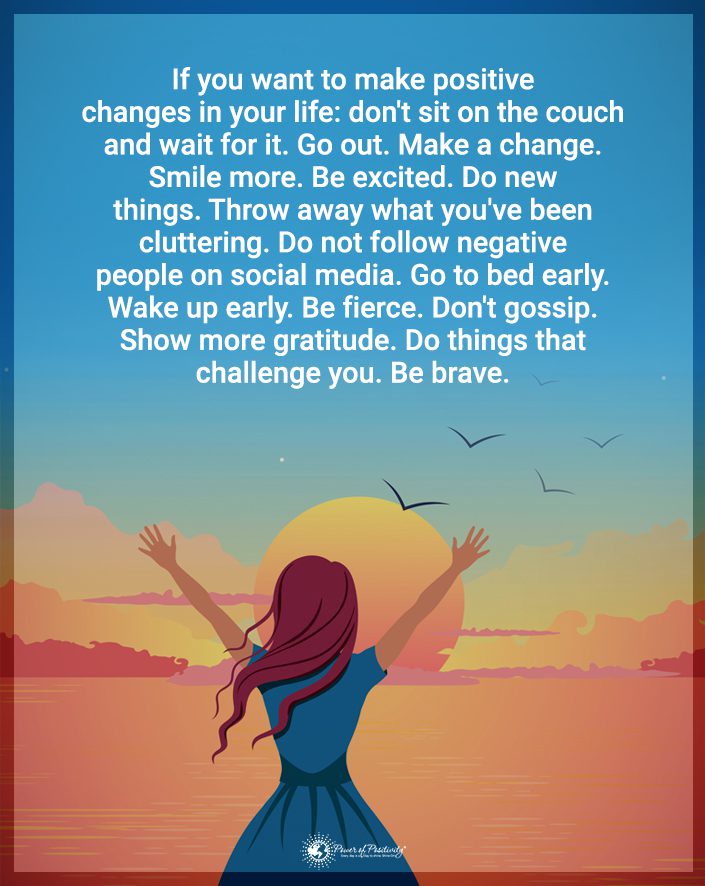Most people struggle with mental health issues that prevent them from working on techniques that help reduce anxiety. Many factors can easily affect the mind, from lifestyle to work, friends, family, etc. One of the most common issues is anxiety. While feeling anxious is normal, it still isn’t ideal.
Not to mention that some people struggle with anxiety disorders, which differ from usual, fleeting feelings of anxiety. So, whether you are coping with some anxiety or a full-blown condition, knowing how to reduce anxiety is always good.
Depending on your anxiety levels, there are many ways to try coping with them. Unfortunately, not all of them work for everyone. Not to mention that simple, quick techniques won’t solve your anxiety forever. There are many instances in which you’ll need to find better measures. But if you need a quick fix, you can always try the 333 rule to reduce anxiety.
What Is Anxiety?
Anxiety is not precisely something unnatural. On the contrary, some feelings of anxiety are, unfortunately, a normal part of life. For example, when you worry or overthink, you probably feel anxious. To be more concise, anxiety is an emotion that appears when you feel tense and have worried thoughts. Physical changes, such as increased blood pressure and heart rate can even characterize it.
But this is known as a “normal” level of anxiety. It’s when you are tense but can still manage what you’re going through. There are many triggers for this emotion. Even something as ordinary as taking a test can make you feel anxious. Anxiety has an evolutionary purpose. Since the dawn of humanity, anxiety has been the factor that allowed us to deal with dangerous situations.
If people weren’t anxious about facing a wild animal, they would become complacent and subject to harm. Anxiety helps set off alarms in the body, which makes you acutely aware of your surroundings. Danger triggers a hormonal response from the body, which releases adrenaline. This triggers the anxious reaction that is known as the fight-or-flight response.
How Anxiety Affects You
Most people today don’t need to run from wild animals anymore, but there are still dangers all around us we need to avoid. Anxiety can come in handy if, for example, a car is close to hitting you. But the danger doesn’t even need to be that big. Even an upcoming test can trigger anxious feelings.
And that’s because your body wants to prepare you by letting you know you must get to work. Anxiety even works passively. You might motivate yourself to avoid tense situations by simply wishing to reduce anxiety. This can look like studying for a test a few days before so that you don’t learn everything the night before.
It would be nice if people only felt the positive effects of anxiety. But anxiety is still a negative emotion. So, no matter how you twist it, there’s a price you have to pay if you want to reap the benefits. And not everyone is lucky enough to only deal with mild anxiety.
General Anxiety Disorder and Its Repercussions
Some people struggle with anxiety disorders, often requiring therapy or medication. Those happen when someone is dealing with recurring intrusive thoughts or concerns. Because anxiety triggers physical changes in the body, an anxiety disorder will have physical and psychological implications. Take General Anxiety Disorder (GAD), for example.
Someone struggling with GAD will always feel restless or on edge. They’ll overthink and be unable to control their worries. Because of it, there’s a high likelihood they’ll be irritable and moody. Because of the high levels of adrenaline released, they’ll have trouble concentrating and sleeping. But the issues don’t stop there. Because it’s a disorder, there will be long-term repercussions. The psychological ones are intuitive.
For example, anxious people will likely become pessimistic and isolated. On the physical side, GAD can lead to heart and muscle issues and affect one’s immune system.
Causes of Anxiety
There are many causes of anxiety. Environmental factors like certain tense or traumatic events often trigger mild anxiety. Environmental factors can also lead to anxiety disorders. For example, if someone grew up in an abusive household, they’ll likely develop an anxiety disorder.
Genetics and brain chemistry are also risk factors when developing such a disorder. If you are aware of a history of anxiety in your family, you might want to see a psychologist and see if you’re struggling with a condition.
Beware that many people have anxiety disorders and don’t even know it. That’s mainly because anxiety is natural, so people tend to believe it’s not a big deal. Also, many people act like others should be ashamed for struggling with anxiety. Don’t just brush it off if you feel you are struggling. It’s better to get a diagnosis, just in case there’s something wrong. Even if you don’t have a disorder, having intrusive thoughts is something you’ll experience from time to time. So, if these thoughts are so common, what can you do to make sure you can reduce them?
The 333 Rule to Reduce Anxiety
As is the case with all self-help techniques, the 333 rule is by no means a substitute for treatment. So, if you’re dealing with chronic anxiety, you must ensure you get the treatment you need. Depending on your anxiety, this can range from therapy to medication.
Still, a therapist can’t always be there. Not to mention that almost everyone will deal with the occasional intrusive thought. So, if you find yourself overthinking and worrying too much, you can learn to cope with those moments using the 333 rule. This way, you can handle intrusive thoughts before they become full-blown meltdowns.
1. Focus On 3 Things You Can See
When you feel anxious feelings creeping, you need to pause and focus on three things you can see. This is the visual part of the rule and helps you start to break away from your internal chaos. It’s easy to focus on big things, like a tree or a chair. Some people prefer to focus on smaller things, though, as the details help them be grounded. But, honestly, it doesn’t matter what you focus on.
If you want, you can always have three objects with you that you can use. Some people even prefer it, as certain items bring them comfort. Just try to clear your head and eliminate everything but those three items. Slowly, you’ll start being able to focus on everything without things getting fuzzy or worrying you even more. You can move on to the next step as soon as you have those objects in your visual field.
2. Focus On 3 Things You Can Hear
When people get anxious, they often get in their heads and stop being aware of the sounds around them. This is bad because it allows the intrusive thoughts to grow until they become overbearing. Instead of letting your internal voice monologue, it’s better to make an effort to focus on auditive stimuli.
This is harder than the previous step because it can be hard to isolate sounds. For example, if you’re walking down a busy street, you might hear a thousand different sounds. Try focusing on distinctive noises to avoid getting even more confused by all those sounds. It’s even better if they are constant.
For example, focus on the sound of car engines rather than a random honk. Things like clocks can be great for this exercise. To keep things simple, try to hone in on the most obvious sounds you hear and try to clear your mind. You can move on to the last step once you have all three sounds in mind.
3. Focus On 3 Things You Can Touch or Move
This technique’s last step is finding three things you can touch or move. Again, this helps you become grounded and in tune with reality. Those three things don’t need to be special or out of reach. If you’re sitting on a chair, you don’t need to get up and touch something that’s across the room. Maybe you’re on the street and don’t even see something you can easily feel or move.
In that case, you can hold on to something you have, like a piece of clothing. Even touching your arm can do the trick. But, again, the object you touch doesn’t matter; what matters is that you have an anchor that helps you focus on the physical world. This can help you relax and calm your thoughts down. But, most importantly, it gets you out of your head.
Final Thoughts on How to Apply the 333 Rule to Reduce Anxiety
Anxiety is not easy to deal with, especially if you are struggling with an anxiety disorder. Even if it’s only mild anxiety, it can still be uncomfortable and trigger a destructive spiral. If left unmanaged, intrusive thoughts can get in the way of everything. They can ruin your day and even push you toward making bad decisions.
Sometimes, even someone who has never struggled with anxiety can have an unexpected panic attack. So, no matter how mild or chronic your anxiety is, it’s always good to learn ways to manage it. One of the simplest and most effective techniques is the 333 rule. It’s very straightforward, so it’s easy to remember and implement when going through something. As the name suggests, this technique is based on finding three things you can see, hear, and touch.
The aim is to stimulate your senses in a way that allows you to get out of your head. By using these senses, you can start grounding yourself. You can start relaxing as soon as you feel like you are back in the real world. Be careful not to trigger a spiral again, and give yourself time before thinking about whatever you were worried about. Also, remember that if you’re struggling with a disorder, this technique is just an addition to treatment, not a replacement.

















 Community
Community

